Head:N.N.
Coworkers:
André Erhardt, Christine Keller, Olaf Klein, Manuel Landstorfer, Christoph Pohl
Team Assistant:
Ina Hohn
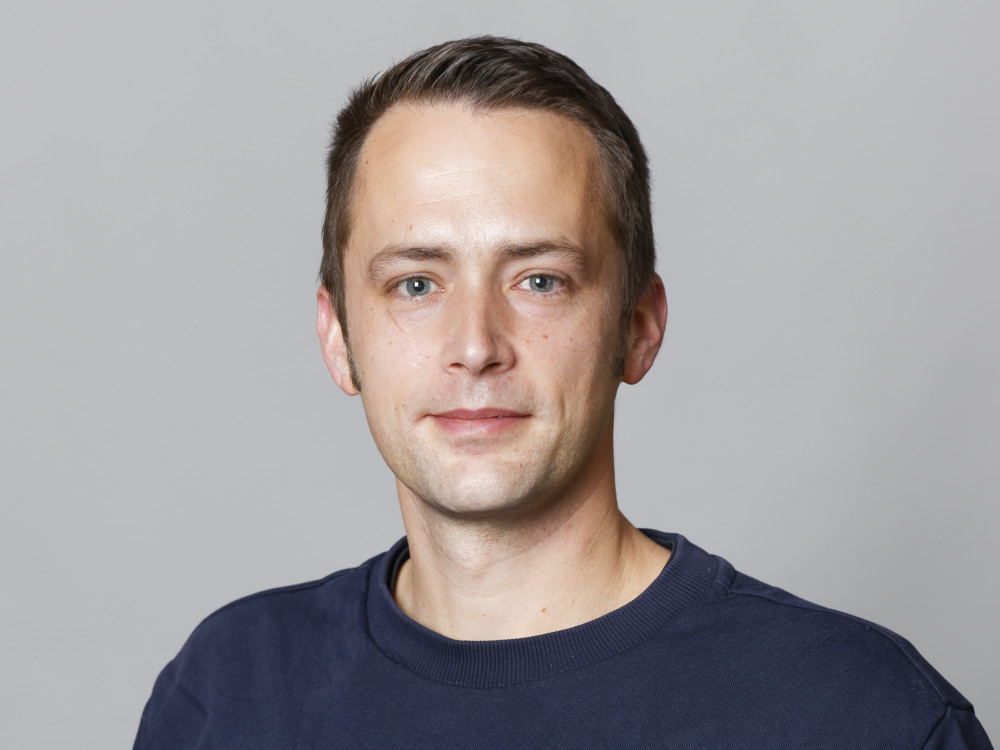
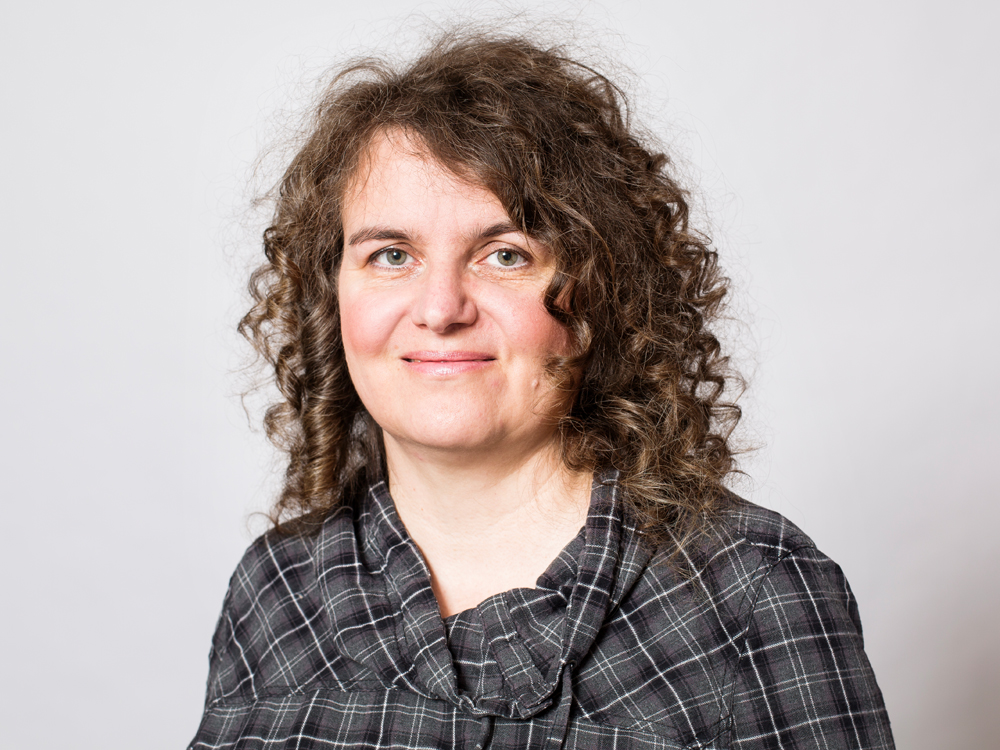
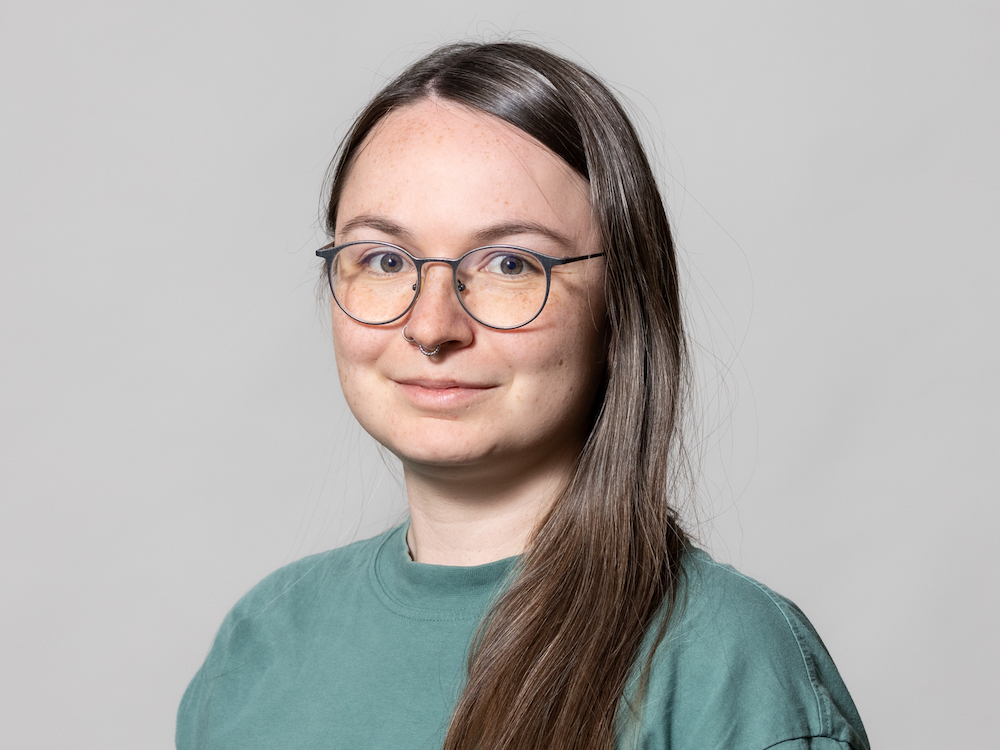

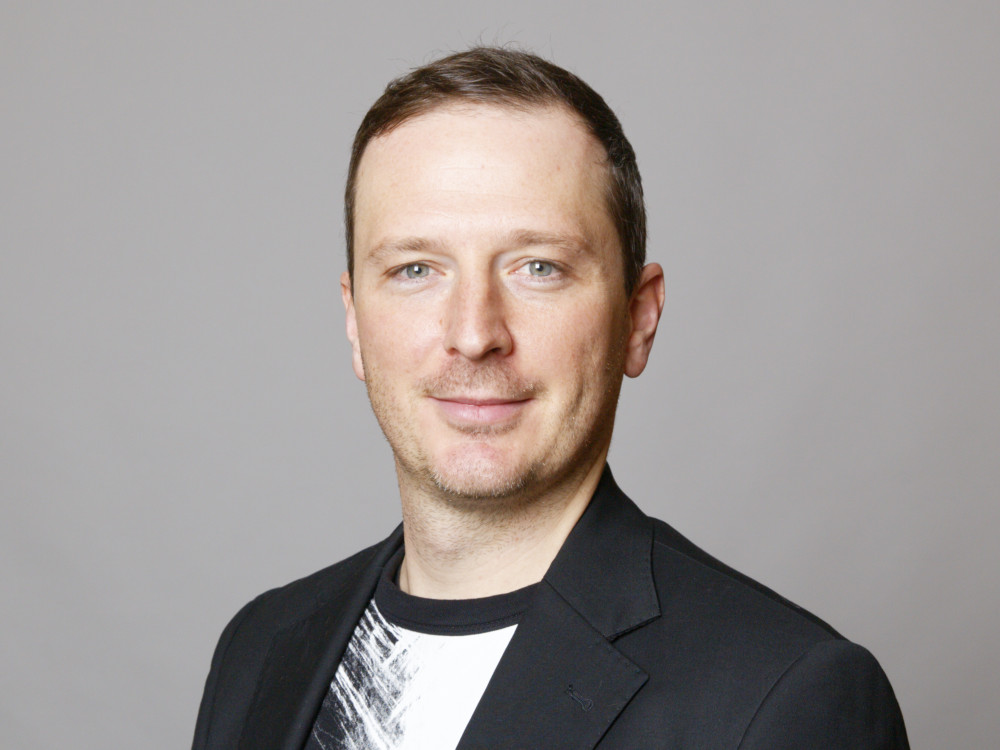
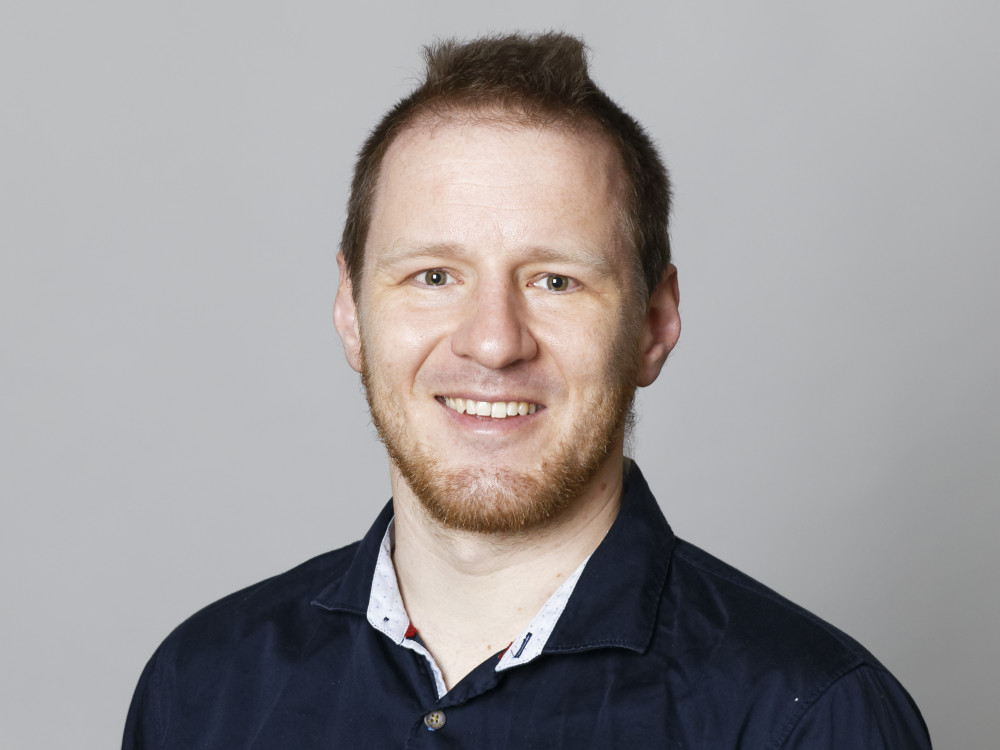
The research group conducts research on multiscale and thermodynamic consistent modeling of complex materials. The main expertise are systematic asymptotic analysis, in particular for singularly perturbed free-boundary problems, and analysis of hysteresis properties. This is used to investigate fundamental processes that drive phase-transitions leading to micro- and nanostructuring of multi-phase materials and their interfaces.
Applications range from liquid polymers, hydrogels, polyelectrolyte gels, and further electrochemical systems, with the focus on problems in cell biology, regenerative medicine and lithium-ion batteries. For the corresponding systems of coupled partial differential equations the research group develops mathematical theory and numerical algorithms.
The idea of this research topic is to develop mathematical models for material systems spanning problems in soft matter to living materials describing their intrinsic structural and dynamic properties across multiple scales. Current projects --> SPP2171, Math+ AA1-12, Math+ AA2-9
Electrochemical systems
In this research topic we derive and develop mathematical models for electrochemical systems, from fundamental electrode/electrolyte interfaces via electro-catalysis to lithium ion batteries. Model validation with numerical simulations on experimental data is a key feature of our research. We conduct project-based research on ageing mechanisms of lithium ion batteries, modeling of multi-material electro-catalysis and material model development for electrolytes. Current projects --> Math+ AA2-6 Math+ AA4-8
Hysteresis, electromagnetic-mechanical components, and uncertainty quantification
Parameters within hysteresis operators modeling real world objects, like e.g. electromagnetic-mechanical components, have to be identified from measurements and are therefore subject to corresponding errors. To investigate the influence of these errors, the methods of Uncertainty Quantification (UQ) are applied.
Coworkers:
André Erhardt, Christine Keller, Olaf Klein, Manuel Landstorfer, Christoph Pohl
Team Assistant:
Ina Hohn






from left to right: André Erhardt, Ina Hohn, Christine Keller, Olaf Klein, Manuel Landstorfer, Christoph Pohl
The research group conducts research on multiscale and thermodynamic consistent modeling of complex materials. The main expertise are systematic asymptotic analysis, in particular for singularly perturbed free-boundary problems, and analysis of hysteresis properties. This is used to investigate fundamental processes that drive phase-transitions leading to micro- and nanostructuring of multi-phase materials and their interfaces.
Applications range from liquid polymers, hydrogels, polyelectrolyte gels, and further electrochemical systems, with the focus on problems in cell biology, regenerative medicine and lithium-ion batteries. For the corresponding systems of coupled partial differential equations the research group develops mathematical theory and numerical algorithms.
Main topics
Multiphase problems in soft and living materials:The idea of this research topic is to develop mathematical models for material systems spanning problems in soft matter to living materials describing their intrinsic structural and dynamic properties across multiple scales. Current projects --> SPP2171, Math+ AA1-12, Math+ AA2-9
Electrochemical systems
In this research topic we derive and develop mathematical models for electrochemical systems, from fundamental electrode/electrolyte interfaces via electro-catalysis to lithium ion batteries. Model validation with numerical simulations on experimental data is a key feature of our research. We conduct project-based research on ageing mechanisms of lithium ion batteries, modeling of multi-material electro-catalysis and material model development for electrolytes. Current projects --> Math+ AA2-6 Math+ AA4-8
Hysteresis, electromagnetic-mechanical components, and uncertainty quantification
Parameters within hysteresis operators modeling real world objects, like e.g. electromagnetic-mechanical components, have to be identified from measurements and are therefore subject to corresponding errors. To investigate the influence of these errors, the methods of Uncertainty Quantification (UQ) are applied.
Research Groups
- Partial Differential Equations
- Laser Dynamics
- Numerical Mathematics and Scientific Computing
- Nonlinear Optimization and Inverse Problems
- Interacting Random Systems
- Stochastic Algorithms and Nonparametric Statistics
- Thermodynamic Modeling and Analysis of Phase Transitions
- Nonsmooth Variational Problems and Operator Equations


